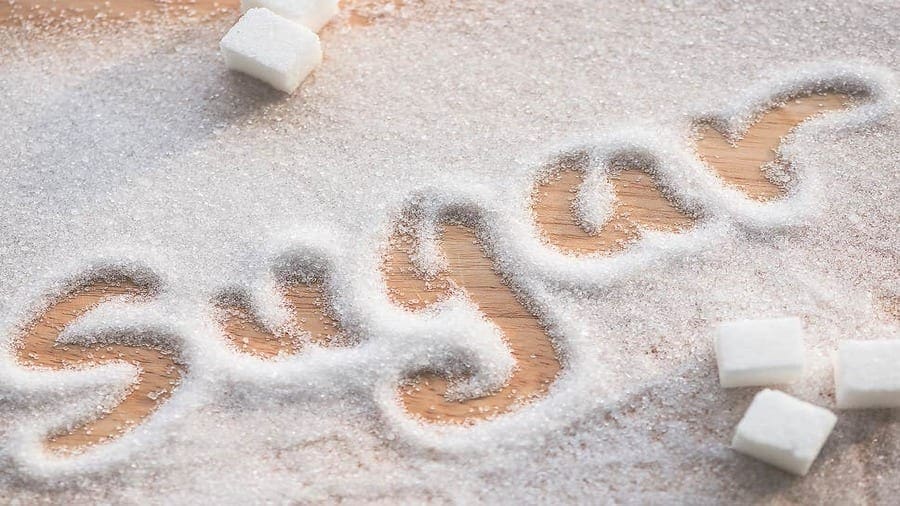UK – Public Health England (PHE) has published its second-year highlighting the progress made by the food industry to voluntarily reduce sugar in everyday foods-indicating that food manufacturers have scaled up their efforts in the drive.
According to the report, ‘Sugar reduction; progress between 2015-2018’ retailers and manufacturers had managed an overall sugar reduction of 2.9% (in sales weighted average sugar per 100g) over the period.
The reduction has been recorded in both the in home sector and out of the home sector including restaurants, pubs and cafes) in foods contributing the most sugar to children’s diets, such as cakes, breakfast cereals and sweets.
The out of home sector, where data is more limited, achieved a 4.9% sugar reduction (simple average sugar per 100g).
According to the report, the out of home sector has made more progress. However, some food categories have shown greater progress than others.
Notably, retailer own brand and manufacturer branded yogurts and fromage frais, and breakfast cereals have reduced sugar by 10.3% and 8.5% respectively.
In addition, the report also looks at progress made under the Soft Drinks Industry Levy (SDIL), showing a 28.8% and 27.2% reduction per 100ml in retailer own-brand and manufacturer-branded products and drinks consumed out of home respectively.
A total of 30,133 tonnes of sugar were removed without reducing soft drink sales, resulting in around 37.5 billion fewer kilocalories sold in sugary drinks each year.
Overall the total tonnes of sugar sold in foods included in the reformulation programme from the in-home sector has increased by 2.6% between 2015 and 2018(excluding cakes and morning goods), whereas the sugar sold in soft drinks subject to SDIL has decreased by 21.6%.
Duncan Selbie, Chief Executive of Public Health England, comments: “We are seeing some encouraging progress from the food industry.
“Our second year report shows some food categories reducing sugar faster than others but this is realistic at this early stage.
“We are confident that the industry as a whole understands their responsibility to step up and deliver for children and their families.”
Selbie noted with concern that a third of children leave primary school overweight or obese, while severe obesity in Year 6 children has now reached an all-time high.
“To help them play their part in addressing this, businesses have 3 options to meet the 20% ambition: reduce sugar levels (reformulation), produce smaller portions, or encourage consumers to purchase lower or no sugar products,” Selbie said.
Progress vs Target
In March 2017 PHE published guidelines for the total sugar content per 100g and for the calorie content of products likely to be consumed in a single occasion for the food categories included in the sugar reduction programme.
These were designed to help industry achieve the 20% sugar reduction ambition accompanied by reductions in calories where possible.
According to the assessment of progress by industry over the first year of the sugar reduction programme, PHE chief nutritionist Dr Alison Tedstone said that the report showed a mixed picture with some categories making good progress compared to others.
“We know the public wants the food industry to make food healthier. It is clear this can be done, but we urge the whole of the food and drink industry to keep up the momentum to help families make healthier choices.”
PHE said that it remained committed to the “transparent monitoring” of the sugar reduction programme, adding that the next progress report would be due in the first half of 2020.
In addition, PHE said it was undertaking final work towards setting guidelines for the foods to be included in its calorie reduction programme, for which a 20% reduction target has been set by 2024.










